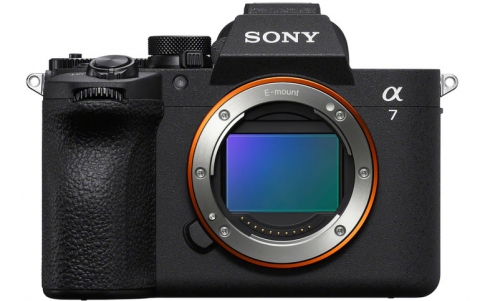
ESA Formally Ratified by USB Implementers Forum
Nvidia today announced that the Enthusiast System Architecture (ESA) extensions have now officially been adopted by the USB Implementers Forum (USB-IF), paving the way for widespread industry adoption.
As a result, the ESA protocol, which details the way PC peripherals can communicate with each other, will now be added into the next revision of the USB human interface device (HID)-class definition.
In addition, Nvidia said that the new Dell XPS 630 is the first commercially-available desktop PC to be ESA-certified. The XPS 630 incorporates Dells LightFX technology, which utilizes the ESA real-time communications protocol to provide developers an easy way to create immersive gaming experiences by synchronizing on-screen gaming action with the ambient lighting integrated into the PC chassis.
Originally introduced in late 2007, ESA was designed and introduced to support new monitoring and control capabilities for PC devices such as chassis, power supplies, and water and air cooling peripherals. Essential data, such as temperature, thermal, voltage, and air flow attributes are made available in real-time and are critical to obtaining maximum PC performance and overclocking. In addition, ESAs logging functionality offers PC manufacturers and system builders an inexpensive and easy way to help identify PC operating abnormalities, and enable them to quickly identify and resolve customer support issues.
Cross-device compatibility and compliance with the ESA specification is being handled by Allion, an IT testing organization. Products that have passed the Allion certification process will incorporate the new ESA logo.
For additional information on ESA technology, visit www.nvidia.com/ESA.
In addition, Nvidia said that the new Dell XPS 630 is the first commercially-available desktop PC to be ESA-certified. The XPS 630 incorporates Dells LightFX technology, which utilizes the ESA real-time communications protocol to provide developers an easy way to create immersive gaming experiences by synchronizing on-screen gaming action with the ambient lighting integrated into the PC chassis.
Originally introduced in late 2007, ESA was designed and introduced to support new monitoring and control capabilities for PC devices such as chassis, power supplies, and water and air cooling peripherals. Essential data, such as temperature, thermal, voltage, and air flow attributes are made available in real-time and are critical to obtaining maximum PC performance and overclocking. In addition, ESAs logging functionality offers PC manufacturers and system builders an inexpensive and easy way to help identify PC operating abnormalities, and enable them to quickly identify and resolve customer support issues.
Cross-device compatibility and compliance with the ESA specification is being handled by Allion, an IT testing organization. Products that have passed the Allion certification process will incorporate the new ESA logo.
For additional information on ESA technology, visit www.nvidia.com/ESA.















